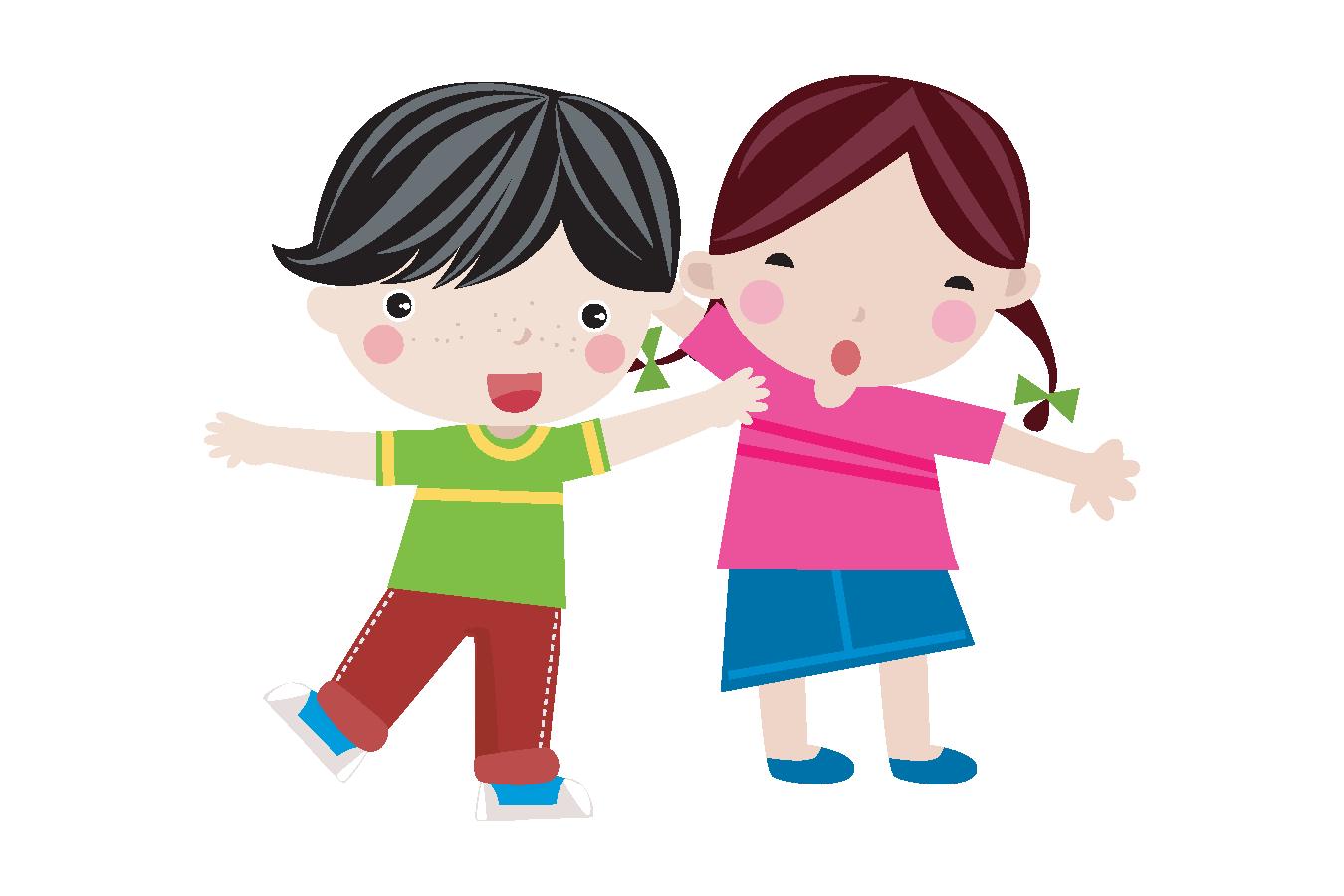ISOLATION OF COVID POSITIVE CHILDREN AT HOME
In the third wave of COVID pandemic, children are getting equally affected as adults. Fortunately, infections are milder. Most of patients can be managed at home.
Accepting the positive report
First and most important difficulty is to accept that your child has been likely to be infected by COVID. During the pandemic, all children who have fever are considered COVID suspects, unless proven negative by RT RCR test. So far, in the third wave, it is found that the infections are milder. Most of the children can be managed at home, provided that
- They are either asymptomatic or has mild symptoms (no pneumonia or breathing difficulty).
- They Don’t have underlying co morbidities (heart, lung, kidney, liver diseases, immune deficiencies, obesity etc)
- There is a responsible person who would monitor child at home and report to healthcare worker.
- There is a single room with separate attached bathroom, where child can be isolated.
Instructions for management of positive child
- Child should be isolated in a room away from elderly and vulnerable population.
- Child should be kept in a well ventilated room and windows should be kept open for allowing fresh air.
- Child should wear a triple layered mask all the time except when asleep. (only those above 2 years of age). Mask should be replaced every 8 hrs or whenever it is soiled.
- Used mask should be discarded after cutting into small pieces and keeping it in a paper-bag for 72 hrs.
- Child should rest and drink lots of liquids.
- Follow respiratory etiquettes all the time.
- Follow frequent hand washing for 40 secs with soap and water or use alcohol based sanitizer.
- Child shall not share personal items including utensils with other household members.
- Cleaning of frequently touched area or surfaces in the isolation room with soap and water. It can be done by the caretaker wearing mask and gloves.
- Self- monitoring of blood oxygen saturation with pulse oximeter and temperature is advised. Monitoring of patient should be informed to healthcare provider. Any deterioration should be informed to healthcare provider immediately.
| Date and time | Temperature | Pulse rate from pulse oximeter | SpO2 from pulse oximeter# | Feeling (better/same/worse) | Breathing (better/same/worse)* |
# for self monitoring of oxygen saturation from pulse oximeter, place a clean finger ( wash hands and remove any nail paint) in the pulse oximeter. Record a highest and steady pulse oximeter reading after few seconds. It is difficult to measure oxygen saturation by pulse oximeter below 2 – 3 years of age.
*breathing rate can be measured for 1 full minute and recorded. If breathing rate is above 60/ minute in children below 2 months, above 50/minute in children between 2 months to 1 yr, and above 40/ min in children between 1 to 5 yrs, inform healthcare provider immediately.
Instructions for caregivers
- Mask
- Care giver should wear triple layer mask. N95 may be considered when in the same room as a patient
- Front portion of the mask should not be touched when in use.
- Soiled mask should be replaced immediately.
- Mask should be discarded after cutting it into pieces and disposing off in the paper bag for 72 hrs.
- Hand hygiene should be performed after touching / disposing of the mask.
- Avoid touching mouth, nose and eyes.
- Hand hygiene
- Hand hygiene must be ensured immediately after contact with infected person.
- Use a soap and water for 40 secs or alcohol based solution.
- To dry hands, better to use disposable paper towels. If not available, then dedicated towel should be kept to dry hands.
- Perform hand hygiene before and after removing gloves.
- Exposure to patient and patient’s environment
- Avoid direct contact with respiratory secretions, saliva of the patient. Wear disposable gloves.
- Avoid sharing eating utensils, dishes, drinks, used towels and linens
- Food must be provided in the room. The utensils should be washed with soap and water, wearing gloves and reuse.
- Clean hands after removing gloves.

